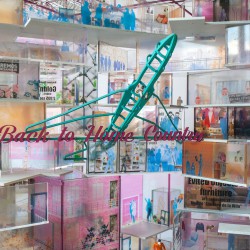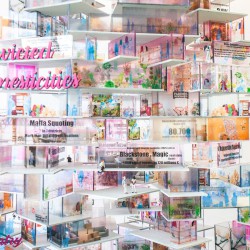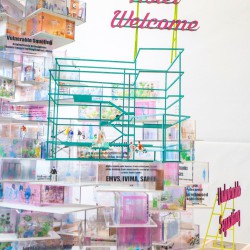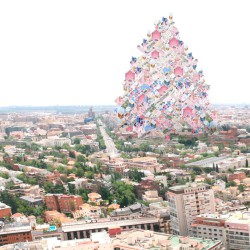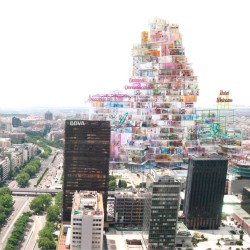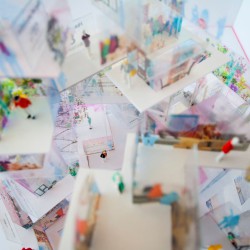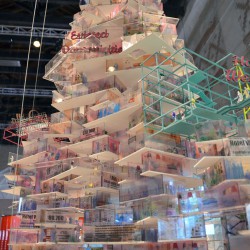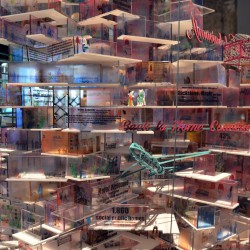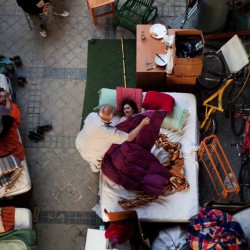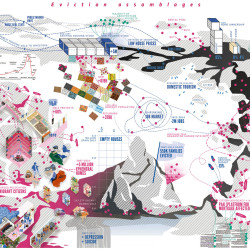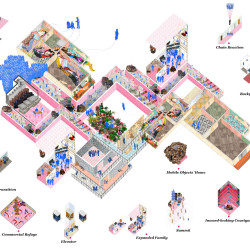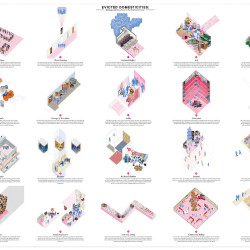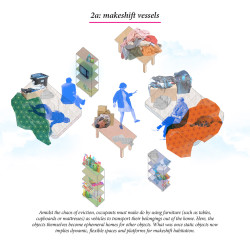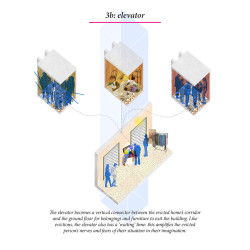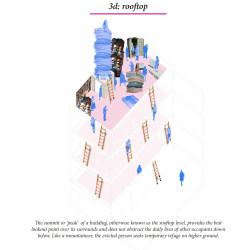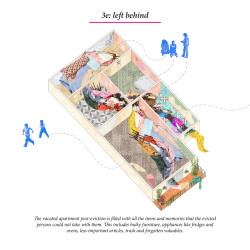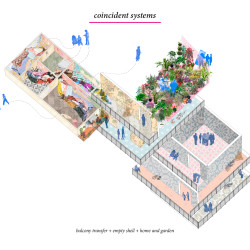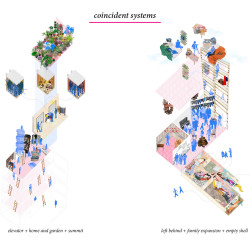Durante el mes de Septiembre a Noviembre de 2016, estudio SIC-VIC, es uno de los equipos invitados a la Trienal de Arquitectura de Oslo, After Belonging con la investigación realizada durante este año y medio titulada The Welcome Hotel sobre las domesticidades desplegadas durante los procesos de desahucio ocurridos en Madrid.
_
Estos procesos operan como un ensamblaje urbano particular que involucra a Bancos, Fondos de Inversión, Instituciones, Desarrollos inmobiliarios, cuerpos, personas, vulnerabilidades y procesos de empoderamiento individuales y colectivos.
Welcome Hotel investiga los diferentes modos en los que la creación de redes ciudadanas no solo proviene de los espacios públicos y las plazas sino también de las negociaciones financieras, los bancos, los desarrollos inmobiliarios y los cuerpos. La casa, no es solo un espacio individual, particular y un espacio íntimo. De la casa, surgen espacios colectivos, como lo muestra la PAH, que desde la creación de redes de entidades domésticas, empodera ciudadanos, así como iniciativas ciudadanas diversas, para el acceso a la vivienda; en un proceso que denominamos extitucional y que performa otro modo de urbanismo en Madrid.
The WELCOME HOTEL is the paradoxical place of urban and social chronicle of Madrid. A place where tourists, political refugees , illegal immigrants and lots of families from banks eviction process lives . Temporary accommodation for people who have been evicted from their homes and forced to live on the street in a city where there are more than 260,000 empty homes . In this context, PAH , Platform of people Affected by Mortgage , a citizen initiative of resistance, actions and proposals to defend the interests of citizens from banks that have been refinanced with public money. Durkheim said that institutions are social mechanisms and cooperative nature seeking to organize and standardize the behavior of a society, But ... Where are the institutions in a city like Madrid where there have been more than 80 evictions per day? Where does families goes? The topic of our workshop is based in the knowledge that there is an informal urbanism behind this problem that architecture needs to deal. If institutions are organizational systems based on a scheme inside-out, the extitutions are proposed as surfaces that can be assembled eventually multitude of agents. Diffuse materiality and temporality, extitutions helps us understand the power relations that take shape in soft capitalism, but it can also works and serves as critical operating system to the normative institutional organizations ( hegemonic and anachronistic) Madrid is now a hive of citizen initiatives that modify the concept of institution. The city is not the same without them, a city that creates every day new open and free processes that make cities like Madrid in a extitutional city. If in the 70 the architect Lina Bo Bardi was able to help create and spatialize new institutions like the SESC Pompeia or Office the Theatre in Sao Paulo. What are and how we can think a representation of these new citizen extitutions?




